

Leroy Chronomètre: tribute to French watchmaking precision
Today established in Switzerland (in Le Sentier, la Vallée de Joux) the brand proudly claims its French origins and defends three centuries of unconditional attachment to quality chronometry. Proof of this is the last piece it produced.
Contemporary watchmaking has inherited the determination of some particularly talented masters from the Enlightenment who continuously pushed the limits of precision by developing mechanisms to gain if it was just one decimal. Indeed, new-generation escapements are often extrapolations of those. By working relentlessly and using their skills, they bestowed mankind with a piece to be used on a daily basis, which was both a splendid gem and so precise that it allowed ethnologists, cartographers, naturalists and botanists to improve their knowledge of the world through transoceanic travel. It also enabled astronomers to have a better understanding of celestial mechanics. One would think that there were many of these creators of genius.
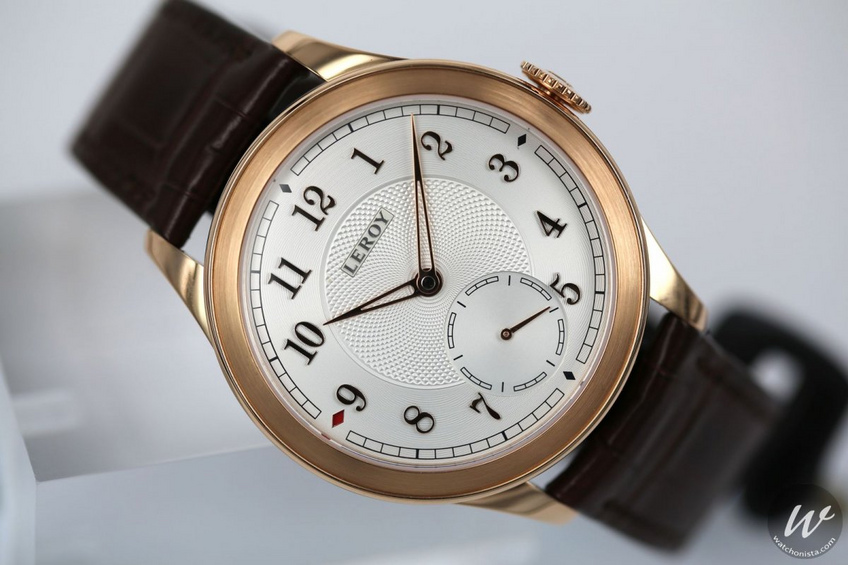
But in fact, there were only a handful of them, yet the international influence of the country in which they worked often depended on their discoveries and technical advances.
Leroy: a name that says precision
The best watchmakers in history, part of the circle of 18th century scientists and engineers, were aware that the world was changing. England had its own heroes while France had Leroy Senior and Junior and Berthoud. While all three watchmakers were equally talented in technical watchmaking, Ferdinand Berthoud, the King’s Watchmaker, was more often required. This was due to his interpersonal skills, his calmness and his natural knack to put himself forward, which made him popular amongst monarchs. He was a tireless writer who authored many reference watchmaking books. However, he loathed Leroy so much he almost never cited him in his work.
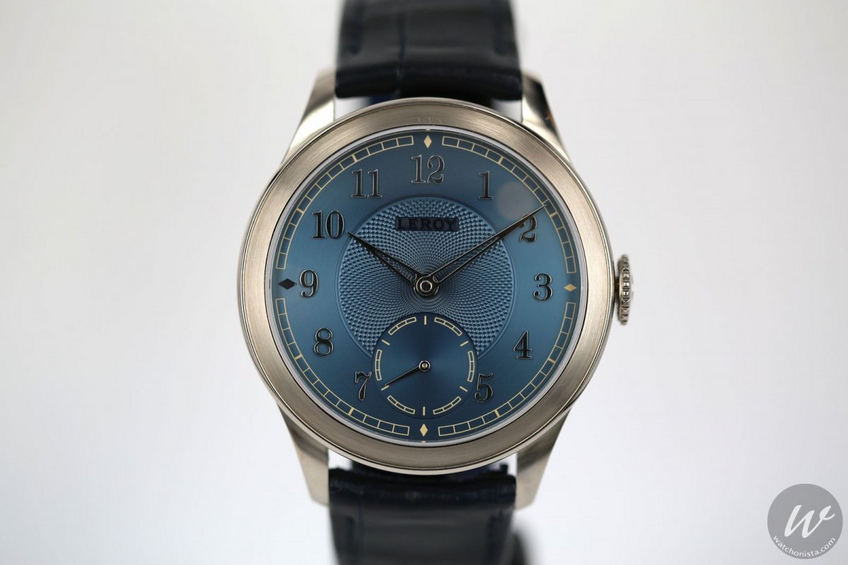
Nevertheless, it was Pierre Leroy (1717-1785) who actually became known to posterity for he was the first to gather three essential characteristics to allow a watchmaking instrument to have such a high precision.
Indeed, the marine chronometer he produced in 1776 was equipped with an isochronous balance-spring, a thermally compensated balance and a free escapement that was half-lever, half-detent. And since this turned out to be successful, his name has been linked to French chronometry as an undisputed reference for the past two and a half centuries.
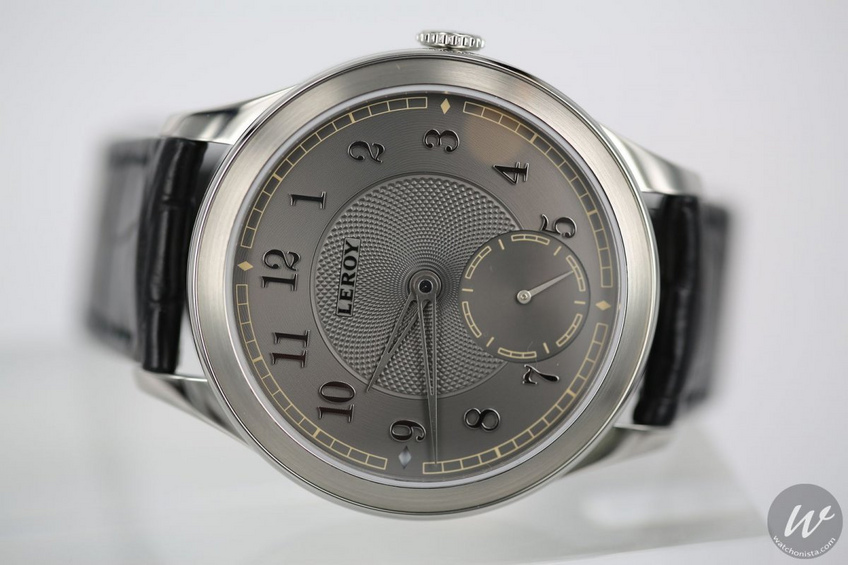
An observatory chronometer in the Osmior collection
This contemporary instrument, which took it upon itself to revive the fundamental codes of the philosophy it drew inspiration from, pays tribute to the inventions of master watchmakers from the 18th century. Hence, the 38-mm or 40-mm “Chronomètre Observatoire” watch (available in 5N red gold, white gold or two-toned in Palladium 950 and 5N red gold) draws inspiration from some of Pierre Leroy’s principles and works. Indeed, watchmaking historians consider Leroy to be one of the fathers of modern chronometry.
The piece is equipped with a solid 925 silver dial and it features a hand-guilloché barleycorn motif and gold Arabic numerals. To rise to the challenge, it is driven by the new hand-wound mechanical caliber L200. The creative caliber was designed and developed in-house and has an exclusive regulation group that includes an escapement of direct impulse to the balance with an unlocking lever which in turn has two diamond pallet-stones.
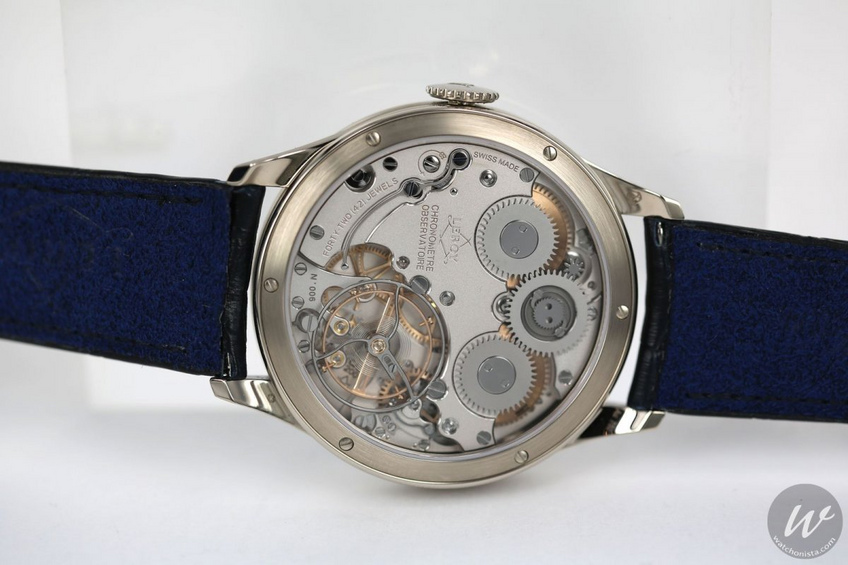
The lever, equipped with four setting screws, thus receives one impulse per oscillation, which, as happens with the detent escapements, contributes to increase the piece’s precision.
This original development is based on the oscillating escapement that beats at 18,000 vibrations per hour and allows the second hand to indicate the seconds with a jump called “Duplex”. The unique movement unobserved by the author seems to resemble that of the seconds hands of marine, which indicate every half-second, with the difference here being that the two jumps of the second hand are uneven since a short one precedes a long one.
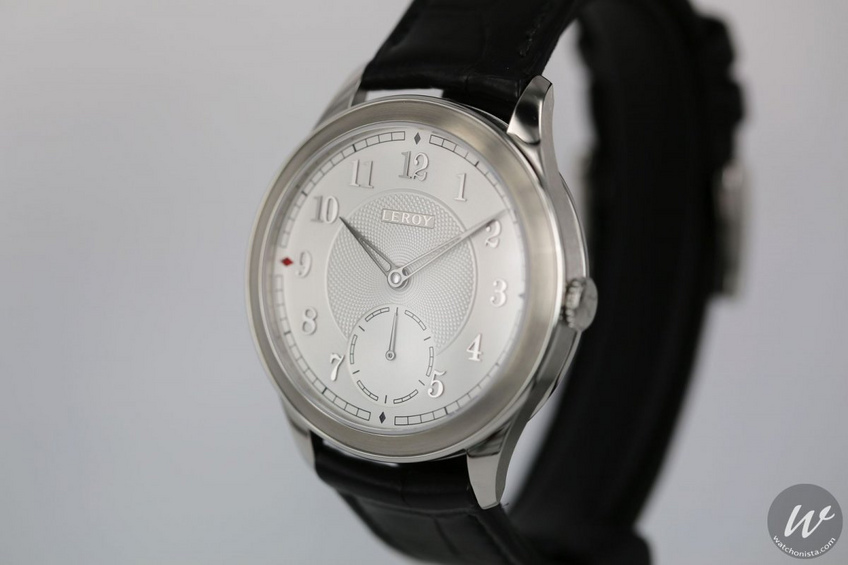
Being meticulous
It is to be noted that – and it makes perfect sense – Pierre Leroy’s great inventions have been included in this creation equipped with 42 rolling stones of which four are synthetic diamonds (the endstones of marine chronometers were sometimes diamonds). The piece also uses a balance-spring (made by the Festina MSE group) equipped with a double terminal interior and exterior curve that serves to facilitate the isochronism by a concentric deployment of vertically-positioned coils of this refined alloy wire. Without going into too much detail, it should be noted that the treatment associated with the “cage Brun” (a stud-holder that moves 360°) enables the quality timer to offer the wearer settings worthy of the best chronometers.
This is why Leroy, proud of its creations and confident about their precision, entrusts each finished model to the “Observatoire de Besançon” for a fifteen-day test marathon. After the restricting program, each unique timepiece for which every single detail has been taken care of receives a certification from the chronometer observatory, duly filled in and numbered with the caliber’s number, which is in turn individually numbered. Now the whole watch has been checked, we are looking forward to testing it on the wrist. It comes with a hand-stitched black or blue alligator strap closed by a deployment buckle or a traditional pin buckle.

